The Team Led By Distinguished Professor Yi-Chang Chung From The Department Of Chemical And Materials Engineering Develop A " Mussel-inspired renewable antibacterial coating "
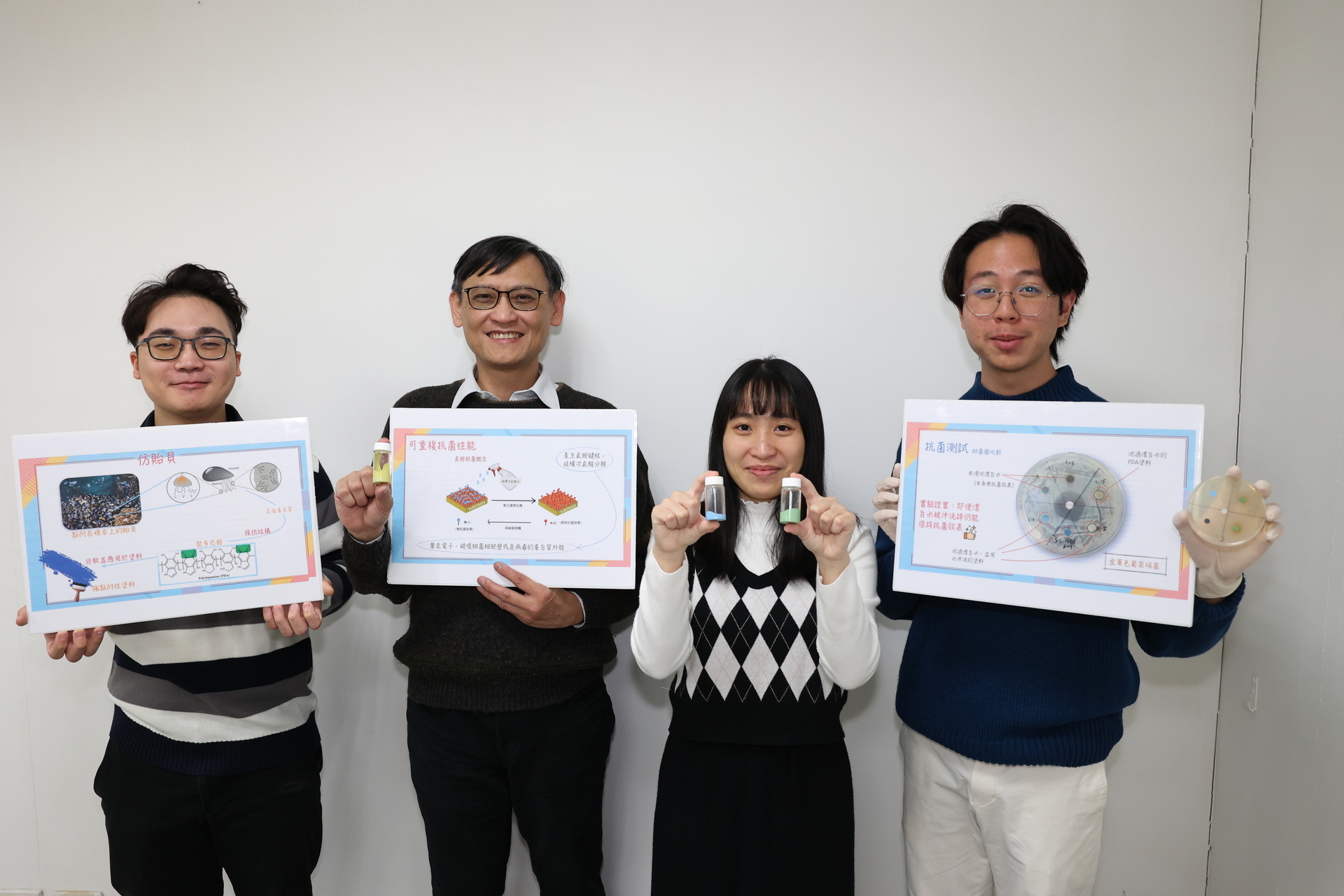
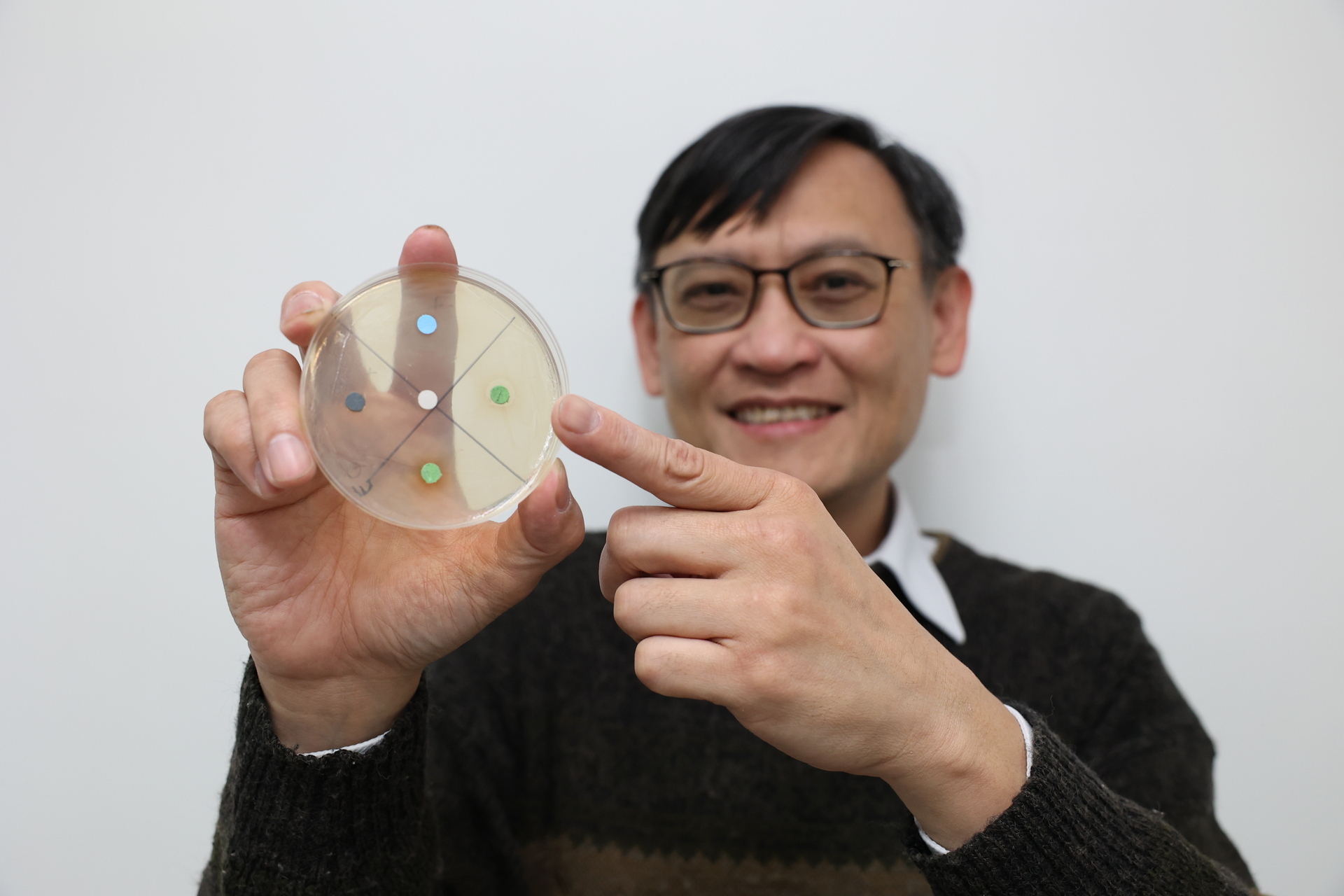
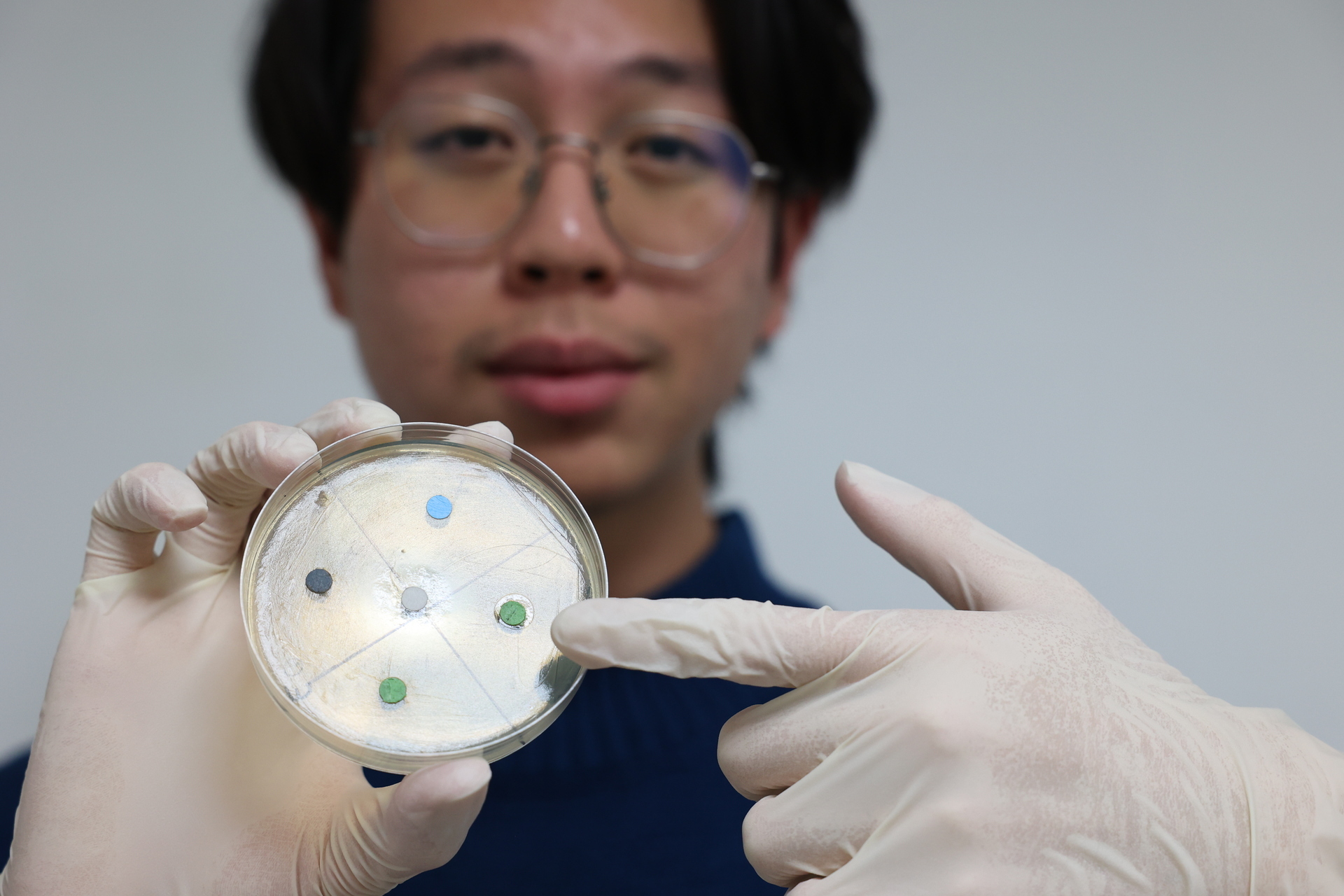
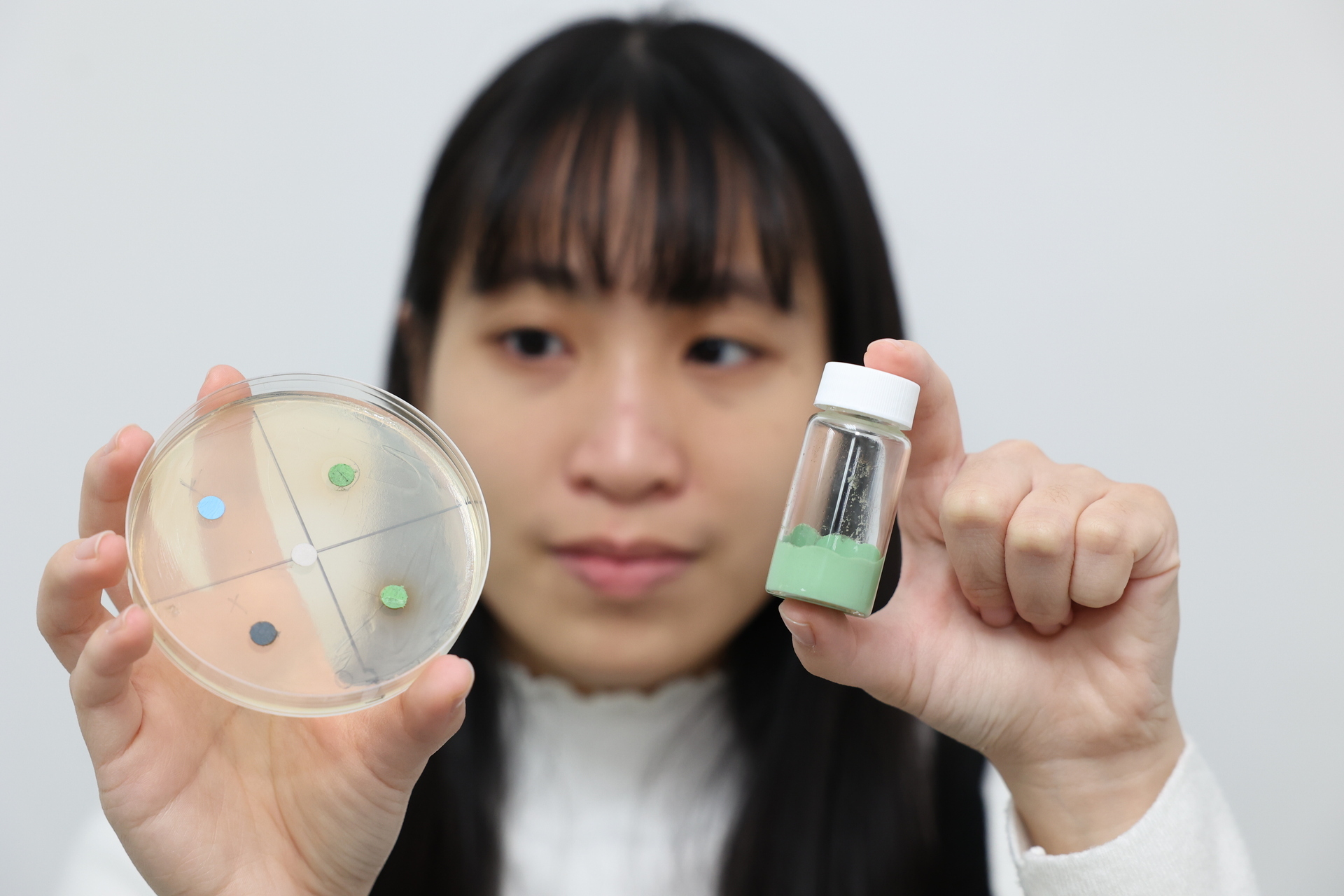
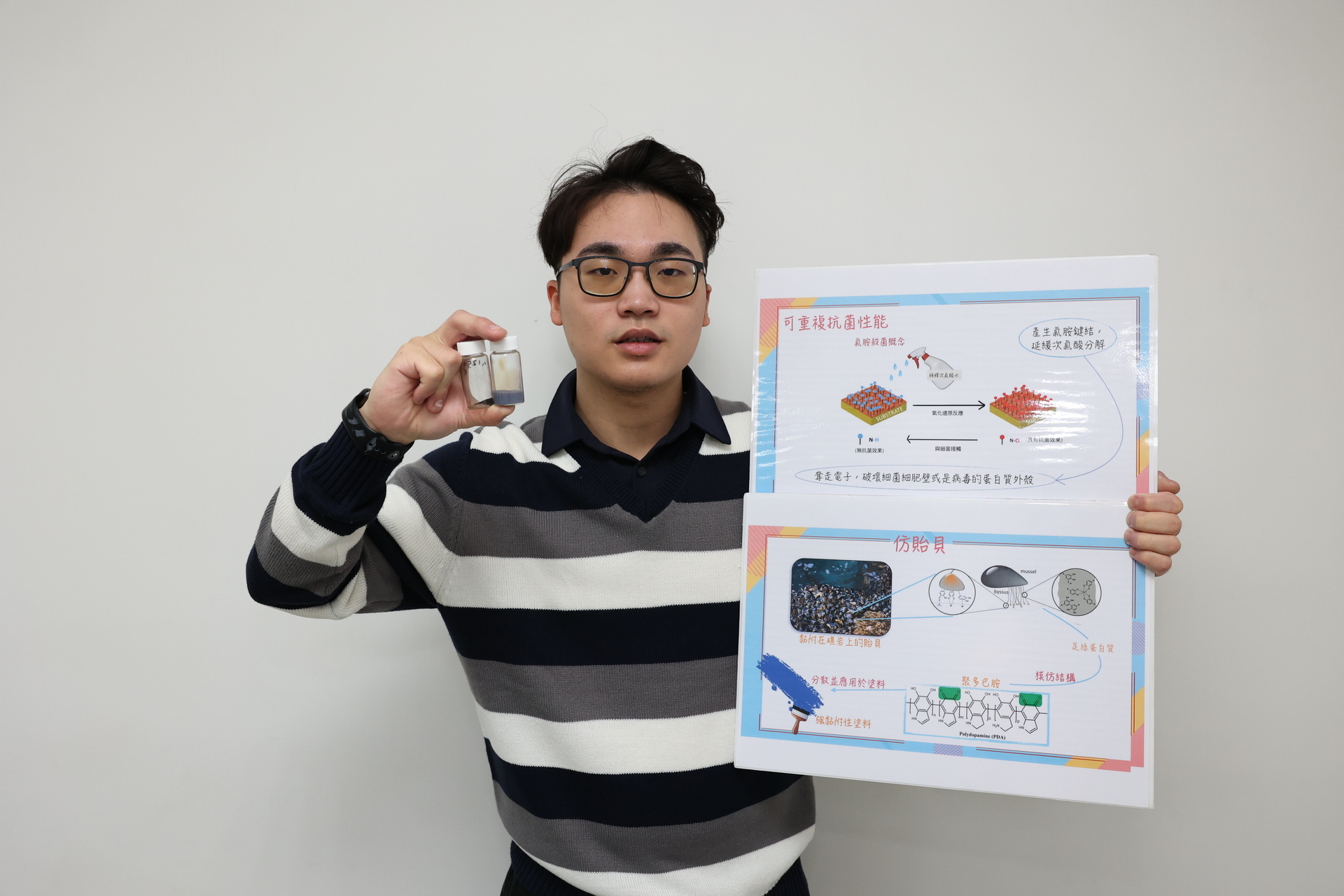
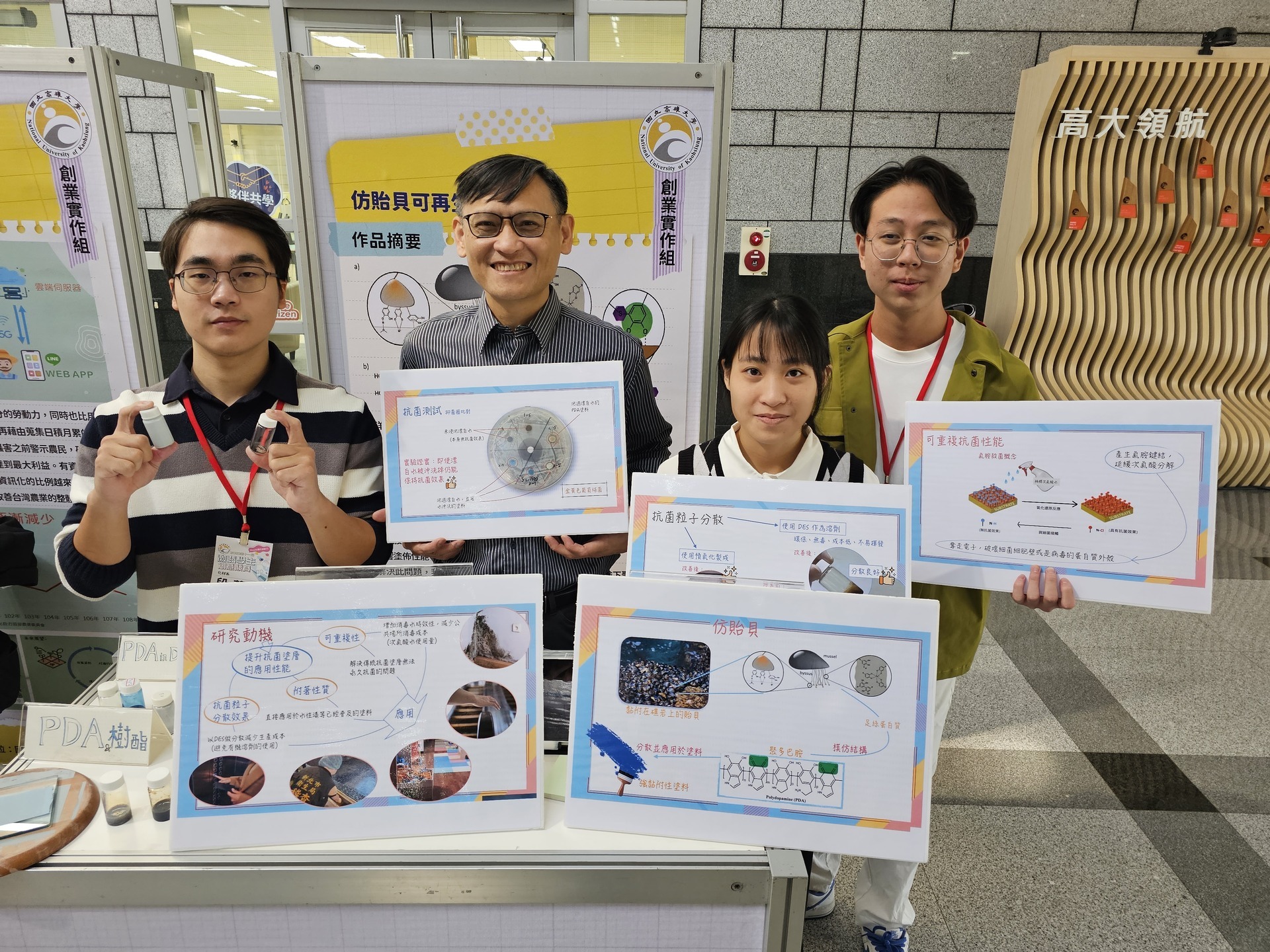
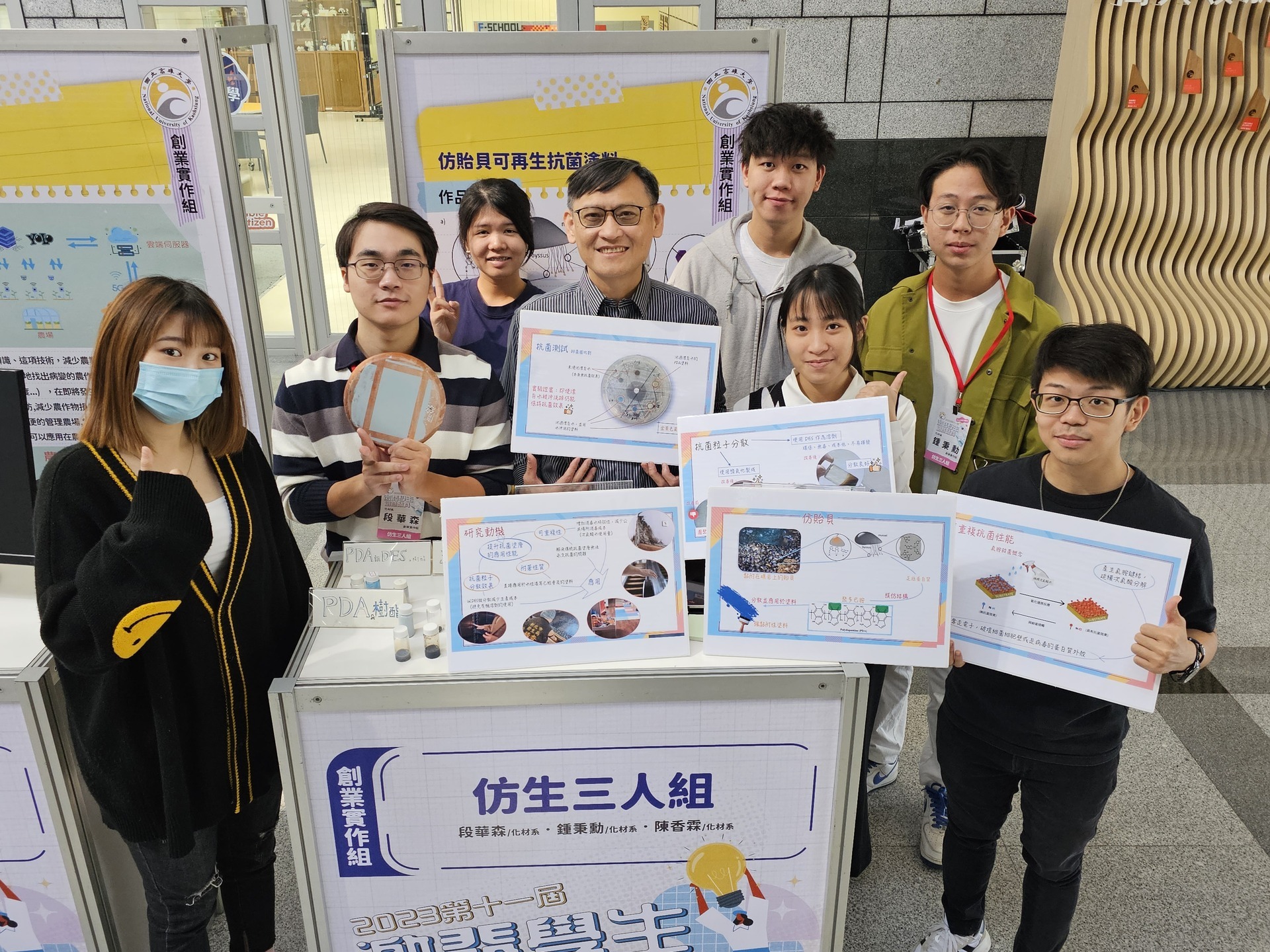
---
【Translator:Siou-Yao Han】
【Promotion of the United Nations Sustainable Development Goals (SDGs) series】
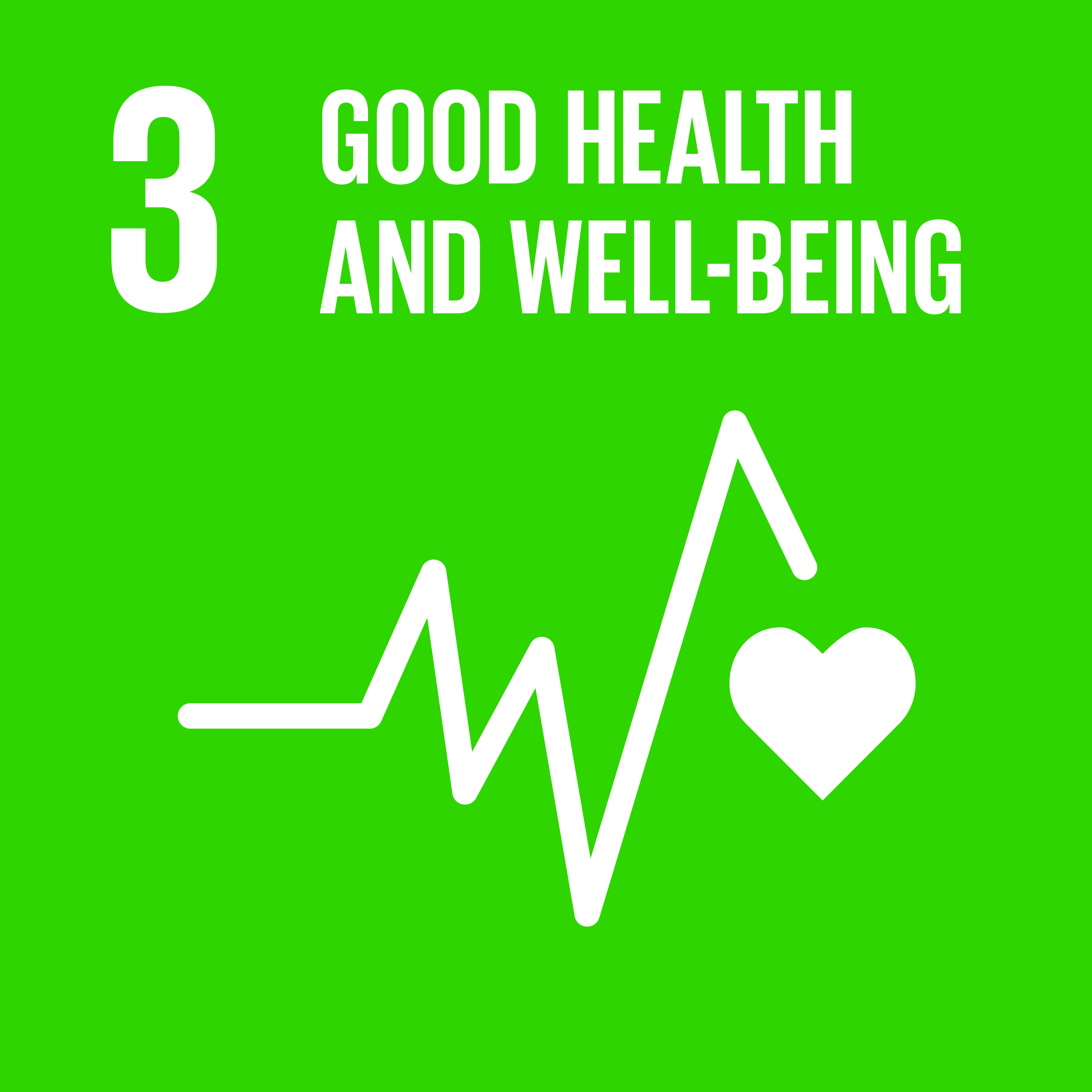
2024-02-20 Distinguished Professor Yi-Chang Chung from the Department of Chemical and Materials Engineering at National University of Kaohsiung, guided undergraduate students Duan Huawen, Chung Bingxun, and Chen Xianglin, to develop a "Mussel-inspired renewable antibacterial coating." This coating adheres tightly to surfaces made of metal, ceramic, or plastic materials. When sprayed or wiped with bleach, it slowly releases low concentrations of "chloramine," making it both safe and long-lasting for antibacterial purposes. This innovation saves manpower and is applicable in various settings such as medical facilities, public transportation, and open public spaces.
Distinguished Professor Yi-Chang Chung stated that mussels secrete long, thin threads called byssus to form polymers that embed into surfaces and generate strong adhesion through chemical cross-linking. This inspired the team to mimic the chemical structure of mussel byssus secretions and develop "polymeric nanoparticles."
These "polymeric nanoparticles" when added to common coatings like water-based paints are modified into "antibacterial coatings." By integrating chloramine sterilization technology, simply spraying or wiping it with bleach water would trigger chloramine production from the amine functional groups in the nanoparticles. This chloramine disrupts the bacterial cell walls and generates the byproduct "sodium chloride (table salt)." The experimental results with bacteria such as Escherichia coli and Staphylococcus aureus have been quite promising at this stage.
Yi-Chang Chung pointed out that the COVID-19 pandemic has resulted in increased demands for cleanliness and safety from both government agencies and the public. As a result, a variety of antibacterial products have appeared on the market, typically falling into three main categories: "inorganic," "organic," and "natural substances." Inorganic types, which encompass antibacterial agents, are frequently enclosed within coatings, presenting challenges in demonstrating their effectiveness. On the other hand, the utilization of organic and natural substances is restricted due to limitations in dosage.
There exists a delicate balance between antibacterial efficacy and toxicity, as antibacterial or antiseptic agents can potentially exhibit adverse effects on human health, leading to allergic reactions with prolonged use. Moreover, the widespread use of highly specific antibacterial or antiseptic agents is a major contributing factor to the development of bacterial resistance.
Yi-Chang Chung emphasizes that nearly all commercially available antibacterial products only remain effective for a limited period and become ineffective. However, the product designed by their team allows the surface coating to regenerate its antibacterial effects, akin to recharging a phone when it runs out of battery.
The team led by Yi-Chang Chung hopes that through the publication of the "Mussel-inspired renewable antibacterial coating," they can reduce the overuse of antibacterial and antimicrobial agents by the public. Specifically, the success of this innovation in adhering well to surfaces made of metal, ceramic, and plastic materials makes it promising for incorporation into water-based paint to produce commercially available antibacterial coatings. They believe that this will be helpful for cleanliness and disinfection in various settings such as medical facilities, public transportation, open public spaces, and even in households.
---
#SDG3 @Health and Biomimetic Technology Research Center &Research
